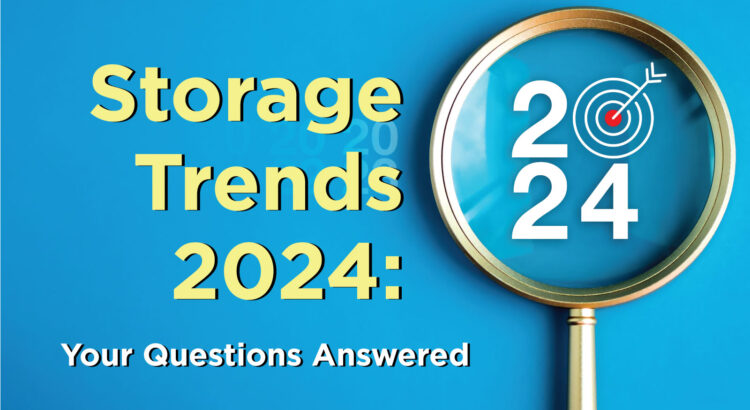At our recent SNIA SCSI Trade Association Forum webinar, “Storage Trends 2024” our industry experts discussed new storage trends developing in the coming year, the applications and other factors driving these trends, and shared market data that illustrated the assertions. If you missed the live event, you can watch it on-demand in the SNIA Educational Library. Questions from the audience ranged from projections about the split between on-prem vs public cloud to queries about different technologies and terms such as NVMe, LTO tape, EDSFF and Cyber Storage. Here are answers to the audience’s questions.
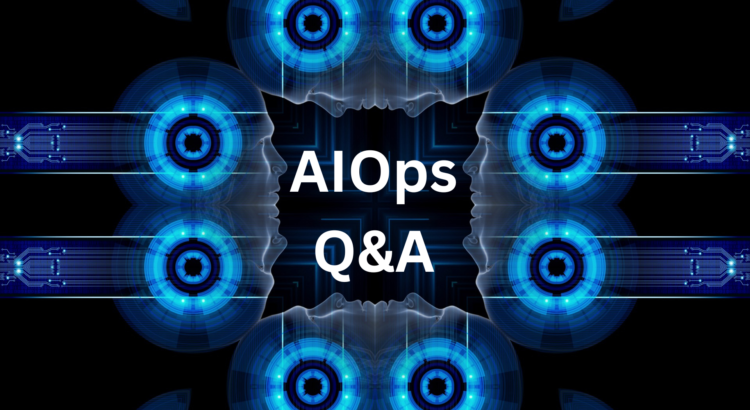
AIOps Q&A
Moving well beyond “fix it when it breaks,” AIOps introduces intelligence into the fabric of IT thinking and processes. The impact of AIOps and the shift in IT practices were the focus of a recent SNIA Cloud Storage Technologies Initiative (CSTI) webinar, “AIOps: Reactive to Proactive – Revolutionizing the IT Mindset.” If you missed the live session, it’s available on-demand together with the presentation slides, at the SNIA Educational Library.
The audience asked several intriguing questions. Here are answers to them all:
Q. How do you align your AIOps objectives with your company’s overall AI usage policy when it is still fairly restrictive in terms of AI use and acceptance? Read More

Just What is an IOTTA? Inquiring Minds Learn Now!
SNIA’s twelve Technical Work Groups collaborate to develop and promote vendor-neutral architectures, standards, and education for management, movement, and security for technologies related to handling and optimizing data. One of the more unique work groups is the SNIA Input/Output Traces, Tools, and Analysis Technical Work Group (IOTTA TWG).
SNIA Compute, Memory, and Storage Initiative recently sat down with IOTTA TWG Chairs Geoff Kuenning of Harvey Mudd College and Tom West of hyperI/O LLC to learn about some exciting new developments in their work activities and how SNIA members and colleagues can get involved.
Q: What does the IOTTA TWG do?
A: The IOTTA TWG is for those interested in the use of empirical data/metrics to better understand the actual operation and performance characteristics of storage I/O, especially as they pertain to application workloads. Read More

SNIA Networking Storage Forum – New Name, Expanded Charter
Anyone who follows technology knows that it is a fast-paced world with rapid changes and constant innovations. SNIA, together with its members, technical work groups, Forums, and Initiatives, continues to embrace, educate, and develop standards to make technology more available and better understood.
At the SNIA Networking Storage Forum, we’ve been at the forefront of diving into technology topics that extend beyond traditional networked storage, providing education on AI, edge, acceleration and offloads, hyperconverged infrastructure, programming frameworks, and more. We still care about and spend a lot of time on networked storage and storage protocols, but we felt it was time that the name of the group better reflected the broad range of timely topics we’re covering. Read More
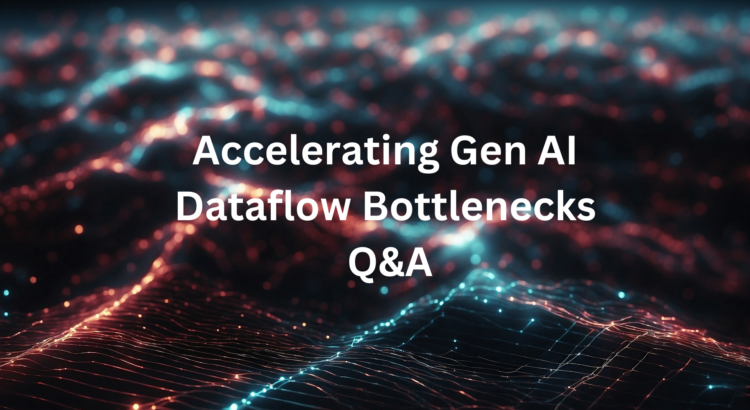
Q&A for Accelerating Gen AI Dataflow Bottlenecks
Generative AI is front page news everywhere you look. With advancements happening so quickly, it is hard to keep up. The SNIA Networking Storage Forum recently convened a panel of experts from a wide range of backgrounds to talk about Gen AI in general and specifically discuss how dataflow bottlenecks can constrain Gen AI application performance well below optimal levels. If you missed this session, “Accelerating Generative AI: Options for Conquering the Dataflow Bottlenecks,” it’s available on-demand at the SNIA Educational Library.
We promised to provide answers to our audience questions, and here they are.
Q: If ResNet-50 is a dinosaur from 2015, which model would you recommend using instead for benchmarking?
A: Setting aside the unfair aspersions being cast on the venerable ResNet-50, which is still used for inferencing benchmarks  , Read More
, Read More
 , Read More
, Read More

Hidden Costs of AI Q&A
At our recent SNIA Networking Storage Forum webinar, “Addressing the Hidden Costs of AI,” our expert team explored the impacts of AI, including sustainability and areas where there are potentially hidden technical and infrastructure costs. If you missed the live event, you can watch it on-demand in the SNIA Educational Library. Questions from the audience ranged from training Large Language Models to fundamental infrastructure changes from AI and more. Here are answers to the audience’s questions from our presenters.
Q: Do you have an idea of where the best tradeoff is for high IO speed cost and GPU working cost? Is it always best to spend maximum and get highest IO speed possible?
A: It depends on what you are trying to do If you are training a Large Language Model (LLM) then you’ll have a large collection of GPUs communicating with one another regularly (e.g., All-reduce) and doing so at throughput rates that are up to 900GB/s per GPU! For this kind of use case, it makes sense to use the fastest network option available. Any money saved by using a cheaper/slightly less performant transport will be more than offset by the cost of GPUs that are idle while waiting for data.
If you are more interested in Fine Tuning an existing model or using Retrieval Augmented Generation (RAG) then you won’t need quite as much network bandwidth and can choose a more economical connectivity option.
It’s worth noting Read More

2024 Year of the Summit Kicks Off – Meet us at MemCon
2023 was a great year for SNIA CMSI to meet with IT professionals and end users in “Summits” to discuss technologies, innovations, challenges, and solutions. Our outreach at six industry events reached over 16,000 and we thank all who engaged with our CMSI members.
We are excited to continue a second “Year of the Summit” with a variety of opportunities to network and converse with you. Our first networking event will take place March 26-27, 2024 at MemCon in Mountain View, CA.
MemCon 2024 focuses on systems design for the data centric era, working with data-intensive workloads, integrating emerging technologies, and overcoming data movement and management challenges. It’s the perfect event to discuss the integration of SNIA’s focus on developing global standards and delivering education on all technologies related to data. SNIA and MemCon have prepared a video highlighting several of the key topics to be discussed. Read More
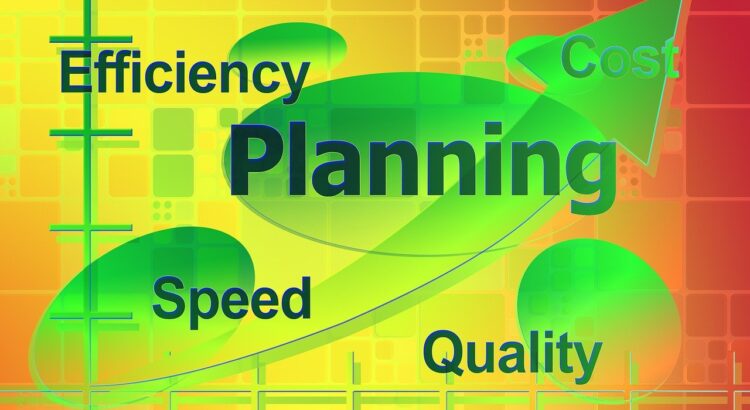
Power Efficiency Measurement – Our Experts Make It Clear – Part 3
Measuring power efficiency in datacenter storage is a complex endeavor. A number of factors play a role in assessing individual storage devices or system-level logical storage for power efficiency. Luckily, our SNIA experts make the measuring easier!
In this SNIA Experts on Data blog series, our experts in the SNIA Solid State Storage Technical Work Group and the SNIA Green Storage Initiative explore factors to consider in power efficiency measurement, including the nature of application workloads, IO streams, and access patterns; the choice of storage products (SSDs, HDDs, cloud storage, and more); the impact of hardware and software components (host bus adapters, drivers, OS layers); and access to read and write caches, CPU and GPU usage, and DRAM utilization.
Join us on our journey to better power efficiency as we continue with Part 3: Traditional Differences in Power Consumption: Hard Disk Drives vs Solid State Drives. And if you missed our earlier segments, click on the titles to read them: Part 1: Key Issues in Power Efficiency Measurement, and Part 2: Impact of Workloads on Power Efficiency Measurement.. Bookmark this blog and check back in April for the final installment of our four-part series. And explore the topic further in the SNIA Green Storage Knowledge Center. Read More
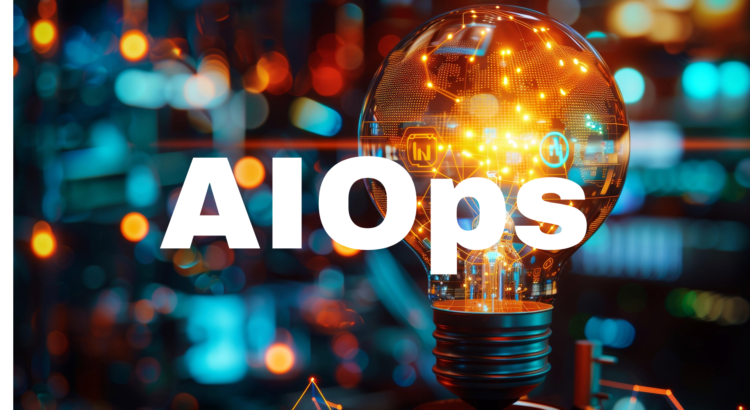
AIOps: The Undeniable Paradigm Shift
AI has entered every aspect of today’s digital world. For IT, AIOps is creating a dramatic shift that redefines how IT approaches operations. On April 9, 2024, the SNIA Cloud Storage Technologies Initiative will host a live webinar, “AIOps: Reactive to Proactive – Revolutionizing the IT Mindset.” In this webinar, Pratik Gupta, one of the industry’s leading experts in AIOps, will delve beyond the tools of AIOps to reveal how AIOps introduces intelligence into the very fabric of IT thinking and processes, discussing:
- From Dev to Production and Reactive to Proactive: Revolutionizing the IT Mindset: We’ll move beyond the “fix it when it breaks” mentality, embracing a future-proof approach where AI analyzes risk, anticipates issues, prescribes solutions, and learns continuously.
- Beyond Siloed Solutions: Embracing Holistic Collaboration: AIOps fosters seamless integration across departments, applications, and infrastructure, promoting real-time visibility and unified action.
- Automating the Process: From Insights to Intelligent Action: Dive into the world of self-healing IT, where AI-powered workflows and automation resolve issues and optimize performance without human intervention.
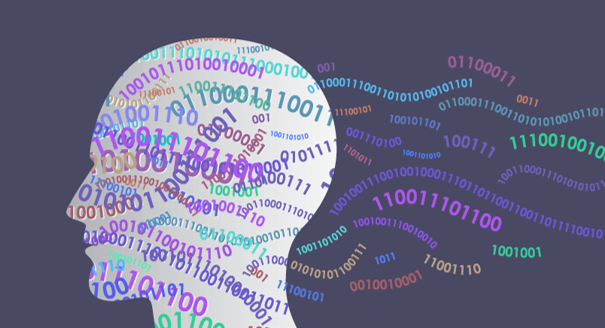
Emerging Memories Branch Out – a Q&A
Our recent SNIA Persistent Memory SIG webinar explored in depth the latest developments and futures of emerging memories – now found in multiple applications both as stand-alone chips and embedded into systems on chips. We got some great questions from our live audience, and our experts Arthur Sainio, Tom Coughlin, and Jim Handy have taken the time to answer them in depth in this blog. And if you missed the original live talk, watch the video and download the PDF here.
Q: Do you expect Persistent Memory to eventually gain the speeds that exist today with DRAM?
A: It appears that that has already happened with the hafnium ferroelectrics that SK Hynix and Micron have shown.Ferroelectric memory is a very fast technology and with very fast write cycles there should be every reason for it to go that way. With the hooks that are in CXL , though, that shouldn’t be that much of a Read More
, though, that shouldn’t be that much of a Read More
 , though, that shouldn’t be that much of a Read More
, though, that shouldn’t be that much of a Read More
